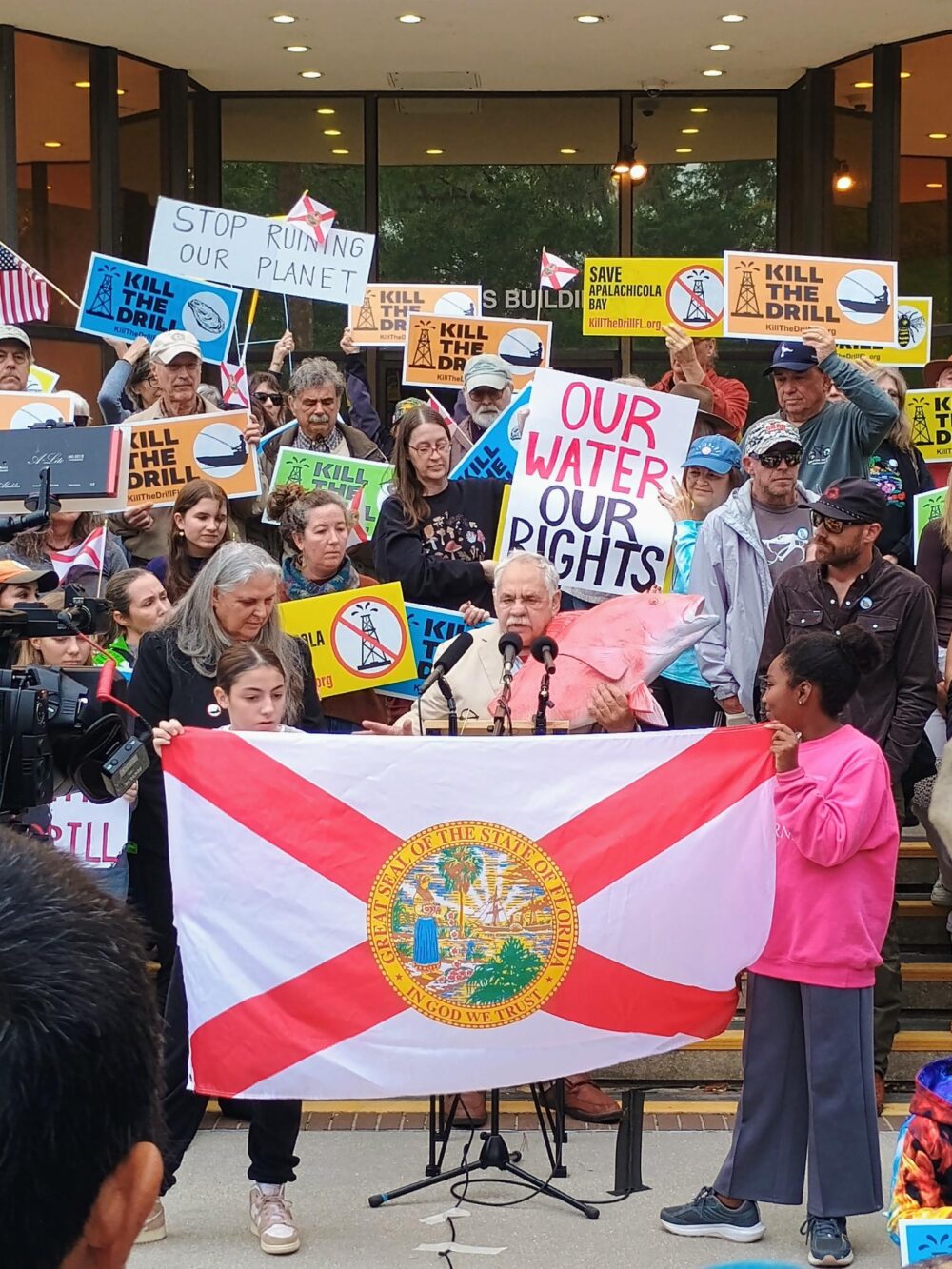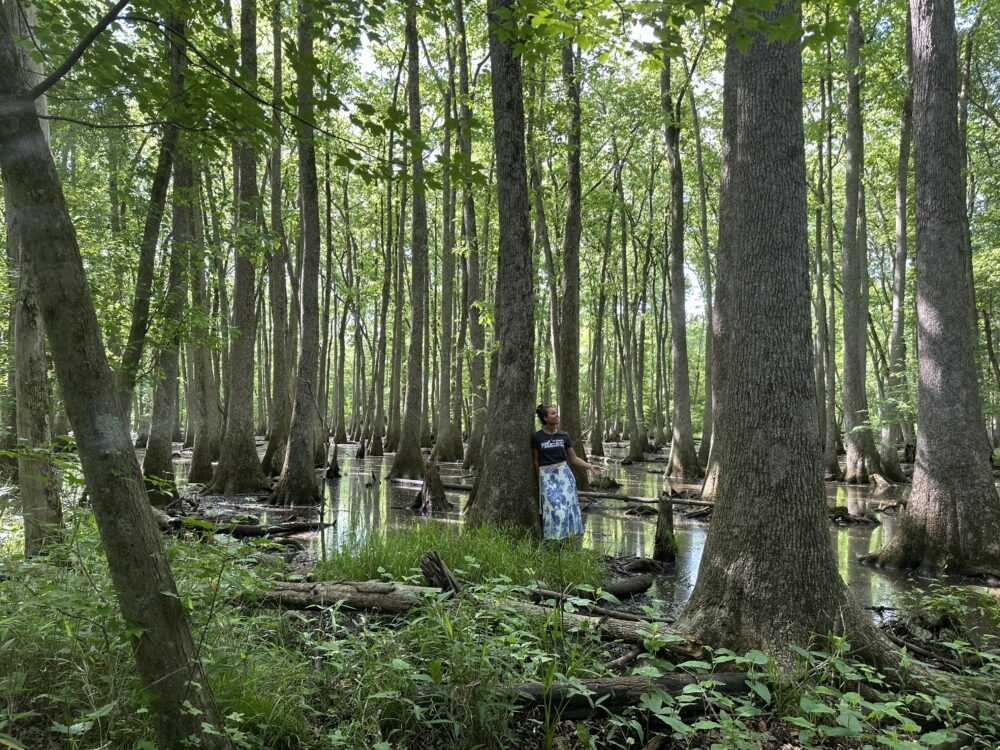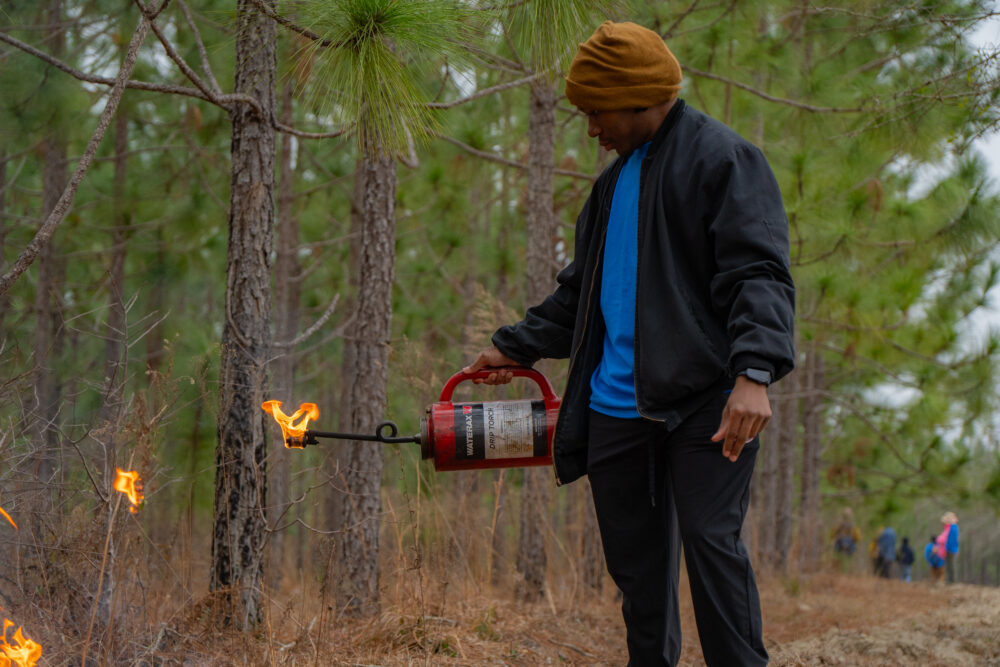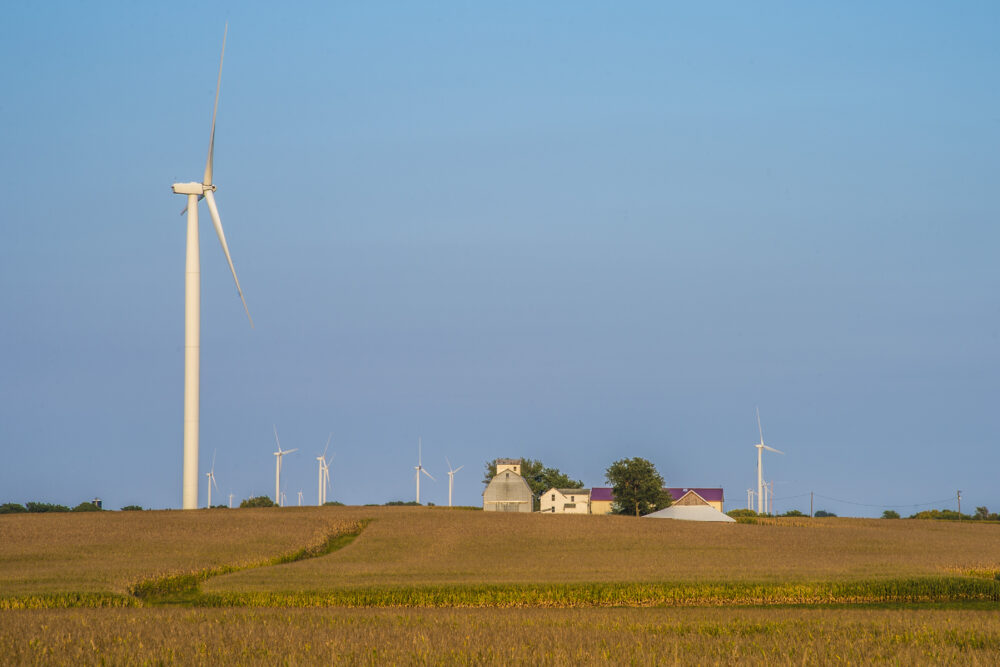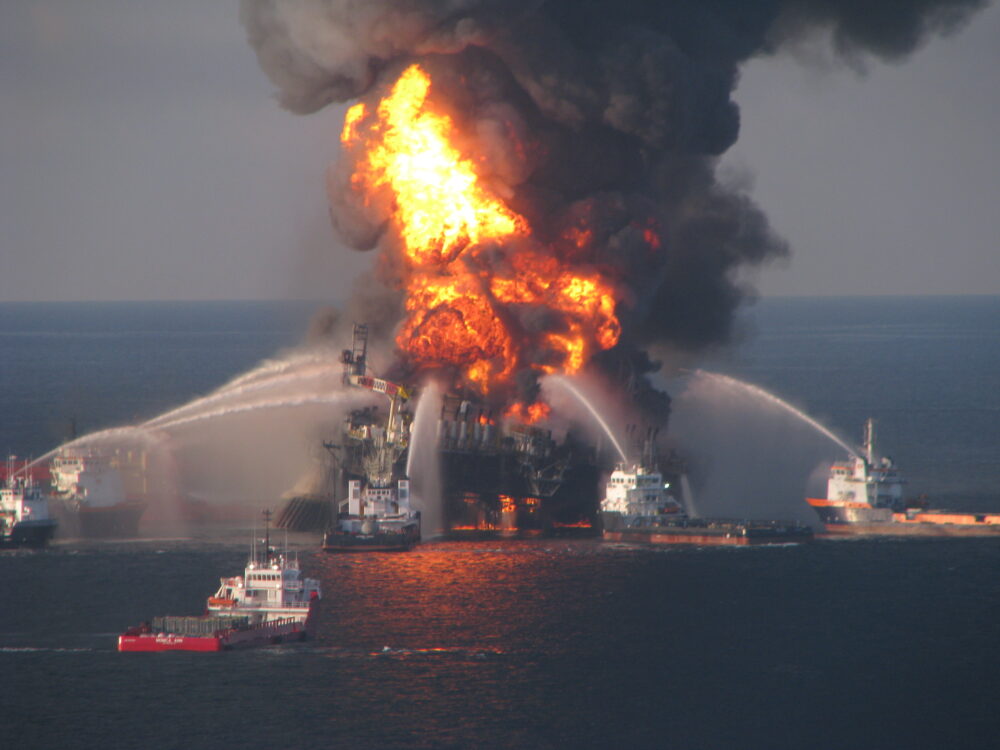We have much more to do and your continued support is needed now more than ever.
Alternative Energy Can’t Move Forward Without These Critical Minerals
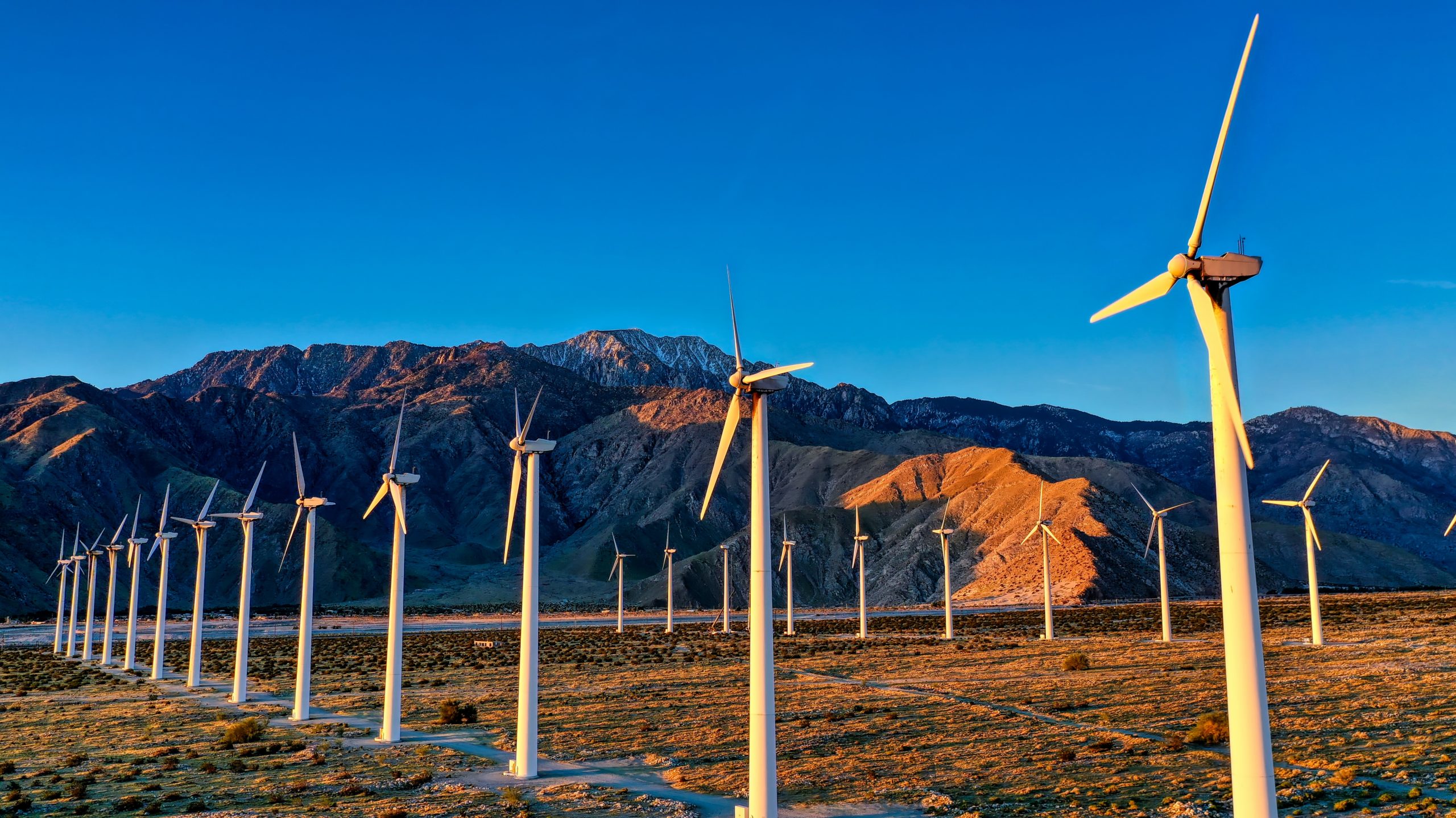
The most recent Intergovernmental Panel on Climate Change report stated that the world is set to reach the 1.5 degrees Celsius increase in the next two decades. Therefore, we must act now. Diversifying energy generation and severing our reliance on fossil fuels is one of the prime steps. If alternative forms of energy and transportation like wind, solar, and electric vehicles (EVs) are the proposed solutions, we need to know what it takes to get there. The answer includes rare earth elements (REE) and other critical minerals. Without these, the transition to clean energy remains unachievable.
What are Critical Minerals?
Critical minerals are defined as naturally occurring, solid chemical compounds that are essential to the economic or national security of the U.S., have a supply chain that is vulnerable to disruption, or that serve an essential function in the manufacturing of a product for which the absence would have significant consequences on the economic or national security in the U.S.
In other words, critical minerals are essential, yet complex and contentious components in our path to a clean energy future. This complexity is expected to increase with renewable energy demand. Wind power (offshore and onshore), solar power, EVs, and geothermal systems all require critical minerals such as aluminum, copper, zinc, and rare earth elements—a group of seventeen heavy metals like cobalt and lithium.
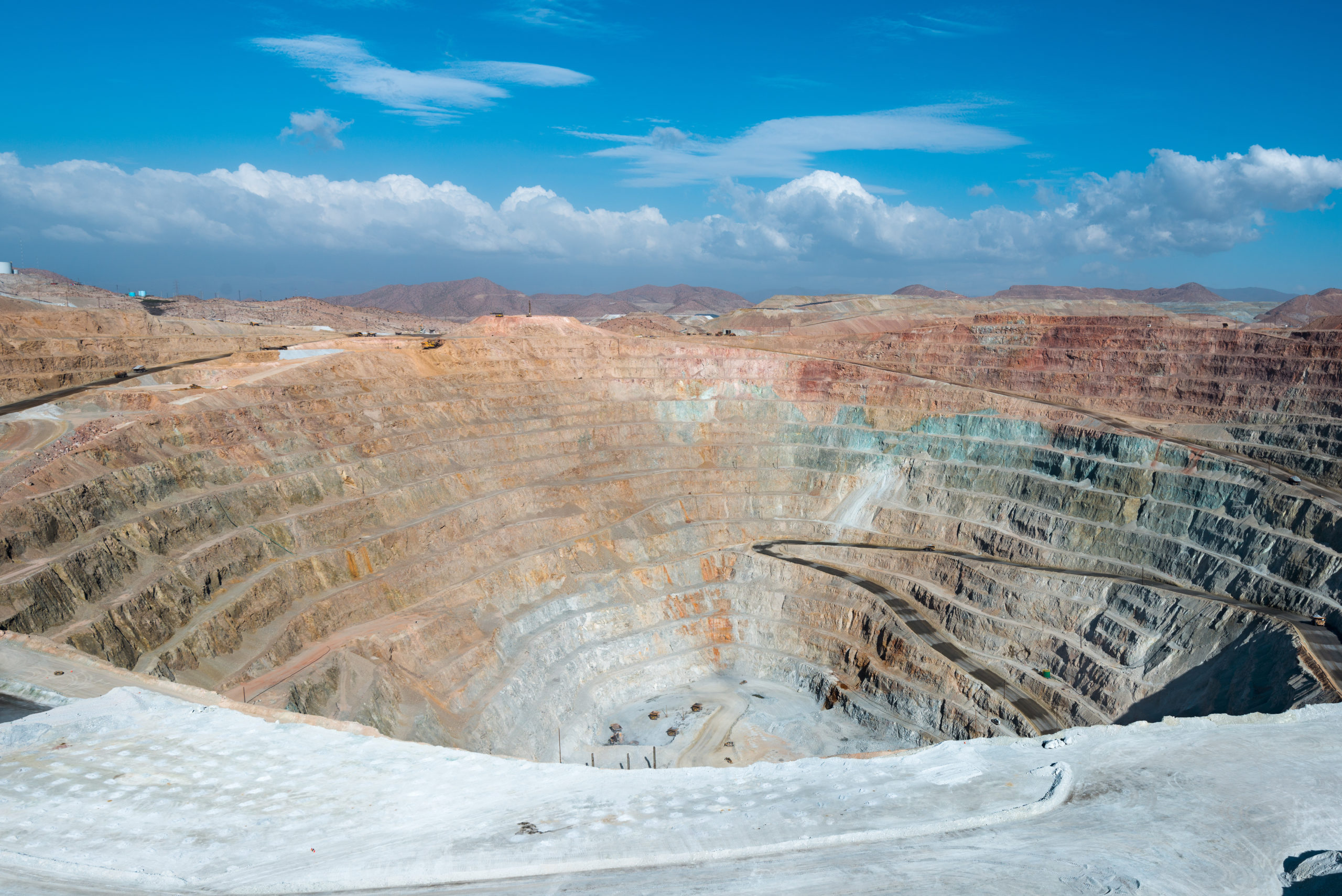
Environmental and Social Concerns
As the definition suggests, critical minerals provide the foundation for many technologies—including renewable energy and electric vehicle batteries—proving them to be an economic and security asset for the U.S. The complexity lies in the procurement process of critical minerals, which has environmental and social concerns. Energy-intensive mining and processing activities emit significant greenhouse gas emissions (GHGs). Some mineral extraction processes deplete natural water availability, burdening drought-prone areas domestically and internationally. Domestically speaking, the U.S. lacks adequate deposits of certain critical minerals needed for robust clean energy deployment and existing deposits are often vulnerable to drought sensitivity or overlap with high-value fish and wildlife habitat and cultural resources. Due to this inadequacy, the U.S. is highly dependent on foreign imports, which can escalate supply vulnerabilities.
Political instability, price volatility, and export restrictions can disturb the current international supply chains that the nation depends on. Other vulnerabilities include environmental injustices such as contamination of water, air, and soil and child or forced labor. However, it is not that simple to discontinue the country’s foreign import ties and establish ethical and monitored mining projects in the U.S. Advancing mining projects from cradle to first production can take more than sixteen years. With peak clean energy demand and the urgent call for climate mitigation, do we have time to wait so long for domestic projects?
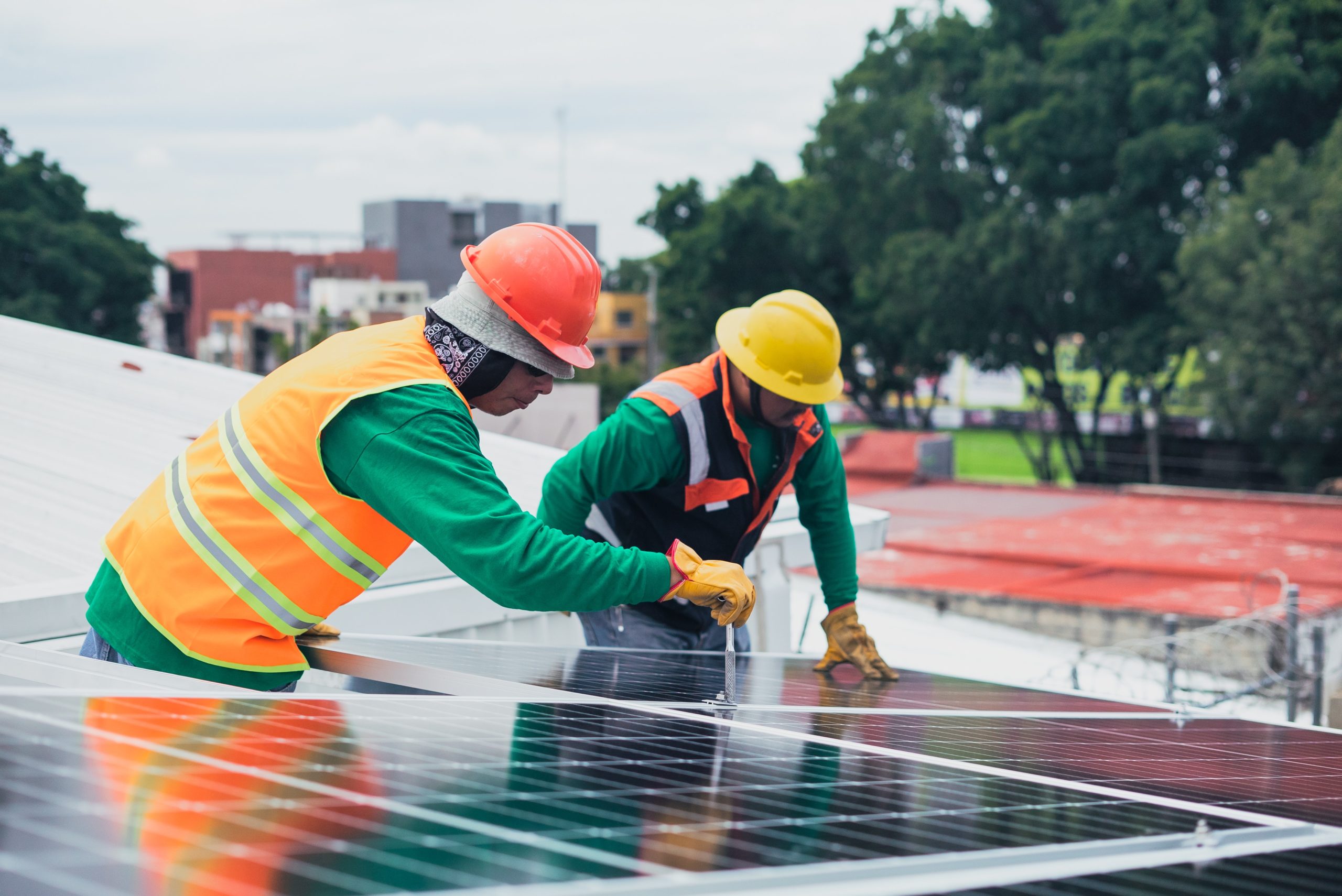
What is the Solution?
Solid policy choices are the way to clear the complexities and controversy of critical minerals and REEs. First, before embarking on mining projects domestically or internationally, federal legislation should incentivize alternatives such as recycling or reprocessing old mine waste piles and ash.
Similarly, mining should occur on sites with existing infrastructure when possible. Evaluation of critical mineral mine site proposals on public lands needs to undergo inclusive public processes where Indigenous and affected communities, hunters and anglers, and both state, local, and Tribal governments need to be present from the beginning. While compensatory mitigation needs to be mandated in cases of unavoidable impacts, the sensitivity, cultural value, or risks of some locations need to be understood and respected. And some sensitive sites should be off-limits.
Critical mineral and REE mining are likely a necessary component of the U.S.’ clean energy journey, but one that comes with several interconnected social and environmental concerns. Hence, implementing these policies will help meet the nation’s clean energy needs without compromising human wellbeing and wildlife across the world.
To learn more, read our critical minerals reference guide that provides an introduction to which critical minerals are needed to deploy renewable energy technologies at scale to meet climate targets and the related social and environmental concerns of domestic and international mining. We also propose policy solutions to bridge the need for these minerals and the related socio-environmental concerns.

